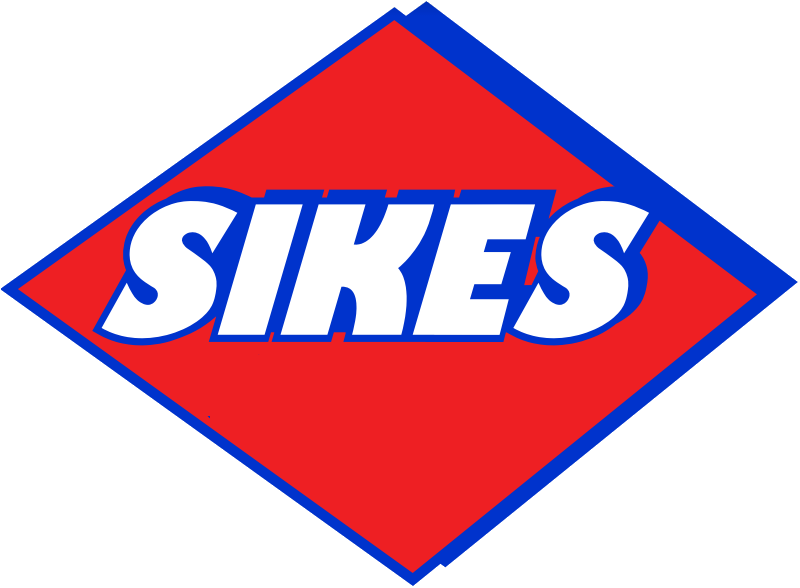RAPID STRENGTH CONCRETE | SIKES CONCRETE
Rapid strength concrete presents a groundbreaking solution for construction projects demanding high early strength, enabling accelerated construction timelines and minimized downtime. As an ideal choice for time-sensitive applications, this type of concrete is specifically engineered to attain greater compressive strength within a brief duration. In this article, we will delve into the characteristics, advantages, uses, and potential drawbacks of rapid strength concrete. Additionally, we will examine the significance of proper curing and quality control in guaranteeing the success of rapid strength concrete projects, and how partnering with reputable commercial concrete contractors can make a difference.
For a successful rapid strength concrete project, it is crucial to utilize top-quality concrete, which can be ensured by collaborating with experienced concrete suppliers. These suppliers often provide ready mixed concrete, which is specifically designed to cater to the needs of various construction projects, including those requiring rapid strength concrete.
A critical aspect of rapid strength concrete is the composition of its components, such as fine aggregate materials. These materials, when carefully selected and incorporated, contribute to the overall performance and durability of the concrete. Expert Concrete Finishers play a vital role in ensuring the proper blending of these aggregates to achieve the desired rapid strength properties.
Characteristics of Rapid Strength Concrete
Rapid strength concrete is formulated using a combination of cementitious materials, admixtures, and aggregates that promote rapid strength development. Some common components include:
High early strength cement
This type of cement achieves a higher compressive strength more quickly than traditional Portland cement.
Admixtures
Chemical admixtures, such as accelerators, are used to speed up the hydration process and enhance the early strength development of the concrete mix.
Aggregates
Carefully selected aggregates can improve the overall performance of rapid strength concrete, providing an optimal balance of strength and workability.
Supplementary cementitious materials
The use of supplementary cementitious materials (SCMs) such as fly ash, silica fume, or ground granulated blast-furnace slag can enhance the performance of rapid strength concrete by improving durability, workability, and strength development.
Benefits of Rapid Strength Concrete
Time-saving: Rapid strength concrete reaches its desired compressive strength much faster than conventional concrete, often within hours rather than days. This allows for quicker formwork removal, accelerated construction schedules, and reduced downtime.
Increased efficiency: By minimizing the time required for curing, rapid strength concrete allows for more efficient use of labor and equipment resources.
Improved durability: Rapid strength concrete exhibits increased resistance to cracking, wear, and chemical attack, resulting in a more durable and long-lasting end product.
Cost-effective: Although rapid strength concrete can be more expensive upfront, the time savings and improved durability can offset the additional costs in the long run.
Importance of Proper Curing and Quality Control
Curing: Proper curing is crucial for rapid strength concrete to achieve its full potential. Since it gains strength quickly, rapid strength concrete may require different curing techniques compared to conventional concrete. Careful monitoring of temperature and humidity is essential during the curing process to ensure optimal strength development.
Quality control: To achieve the desired performance characteristics of rapid strength concrete, strict quality control measures must be in place throughout the entire process, from material selection and batching to placement and curing. This ensures the final product meets the required strength and durability specifications.
Applications of Rapid Strength Concrete
Road and bridge repairs
Rapid strength concrete is ideal for time-sensitive repairs of roads, bridges, and other transportation infrastructure, minimizing disruption to traffic flow and reducing the need for lengthy road closures.
Emergency repairs
In situations where immediate structural repairs are necessary, rapid strength concrete can be a crucial resource to ensure the stability and safety of damaged structures.
Pre-cast elements
The fast-setting properties of rapid strength concrete make it suitable for pre-cast concrete components, reducing production time and enabling quicker assembly on site.
Industrial flooring
Rapid strength concrete is an excellent choice for industrial flooring applications, as it allows for a quicker return to service, reducing downtime and lost productivity.
Airport runways and taxiways
The high early strength of rapid strength concrete makes it suitable for airport runway and taxiway construction and repairs, allowing for a swift return to normal operations.
Potential Limitations of Rapid Strength Concrete
Higher cost: Rapid strength concrete can be more expensive than conventional concrete due to the use of specialized materials and admixtures.
Workability: The accelerated setting time of rapid strength concrete may reduce the window of workability, requiring careful planning and efficient execution during the construction process.
Expertise: Proper mixing, handling, and placement of rapid strength concrete require skilled labor and experience to ensure optimal performance.
Temperature sensitivity: Rapid strength concrete can be more sensitive to temperature changes during the curing process. Extreme temperatures may negatively impact the strength development and overall performance of the concrete.
Conclusion
Rapid strength concrete is an innovative and efficient solution for construction projects that demand high early strength and quick turnarounds. Its unique characteristics make it ideal for various applications, including road and bridge repairs, emergency structural repairs, industrial flooring, and airport runway construction. While it may come with a higher upfront cost and requires specialized expertise, the time savings and improved durability of rapid strength concrete can make it a cost-effective choice for many projects. The importance of proper curing and strict quality control measures cannot be overstated to ensure the success of rapid strength concrete projects. By understanding the characteristics, benefits, and potential limitations of rapid strength concrete, contractors and engineers can make informed decisions and successfully implement this advanced material in their construction projects.
Featured Blogs
SIKES CONCRETE INC.
8030 FL-77, Southport, FL 32409
850-265-4564





